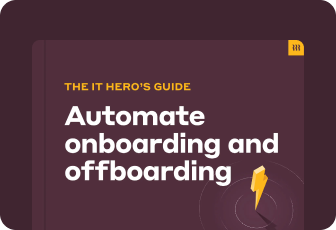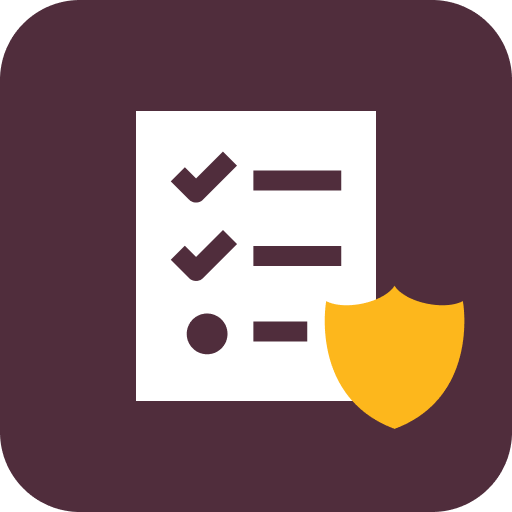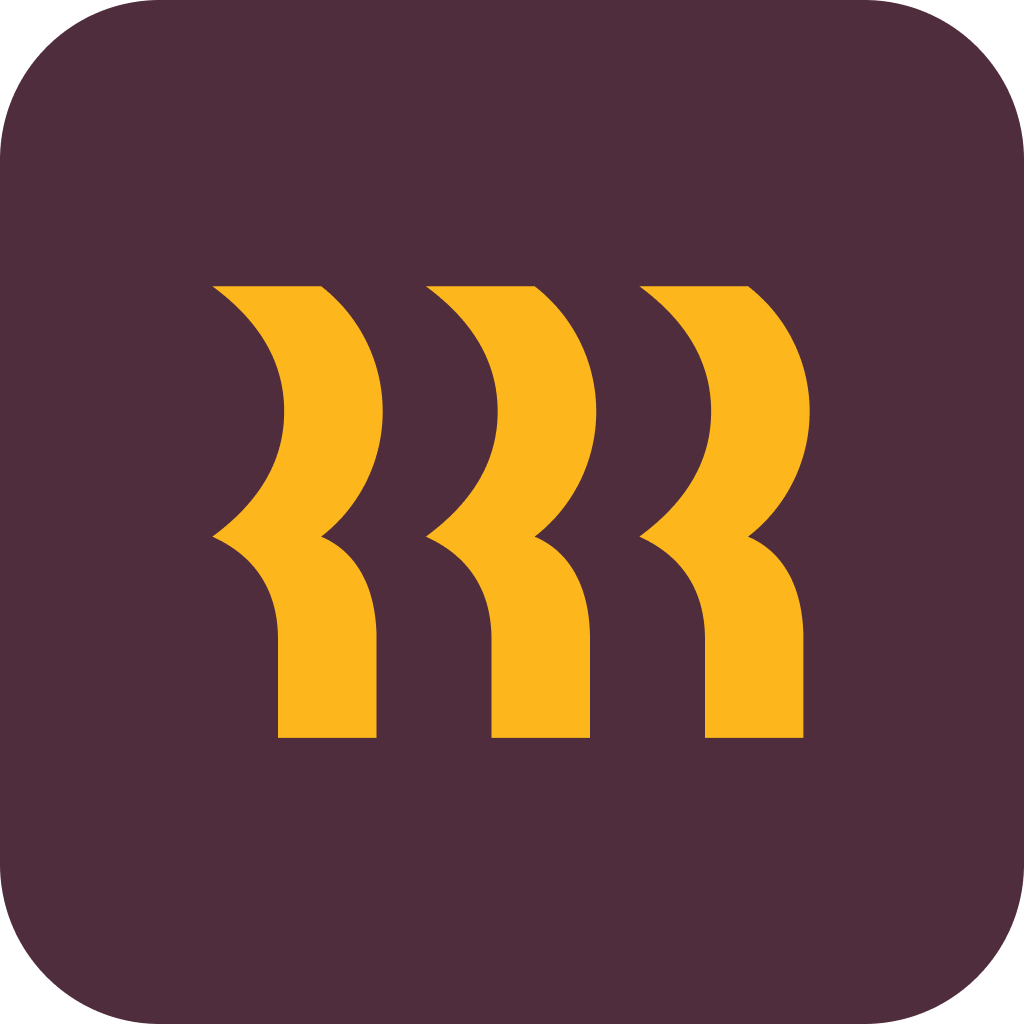An Applicant Tracking System (ATS) is a software tool that automates and streamlines the hiring process by organizing and managing job applications, resumes, and candidate information for recruiters and HR professionals. It helps employers efficiently track, screen, and communicate with job applicants throughout the recruitment process.
How do applicant tracking systems work?
Applicant tracking systems (ATS) are software solutions designed to streamline the recruitment process by helping hiring teams manage and organize candidate information.
Applicant tracking software is typically cloud-based. These platforms allow recruiters and HR professionals to store and track candidate information, like resumes, cover letters, and job applications, in one centralized location. By automating many aspects of the hiring process, an ATS helps companies quickly identify the best candidates and attract top talent in their fields.
The system works by analyzing resumes and applications, comparing them to job descriptions, and ranking candidates based on how well they meet the criteria for open positions. Talent acquisition teams can then use the ATS to manage candidate communication, schedule interviews, and track each applicant’s progress through the hiring pipeline.
Some ATS systems also generate reports and real-time analytics to help companies optimize their recruitment strategies.
How do employers use applicant tracking systems to find candidates?
Employers use applicant tracking systems to streamline the process of finding and hiring the right candidates. Here’s a step-by-step guide on how ATS can be used to recruit new hires:
- Creating and posting job listings. Employers start by creating job postings within the ATS. The system makes it easier to distribute job listings across multiple job boards, career sites, and social media platforms like LinkedIn, so they can reach a broader audience and attract a larger pool of candidates.
- Collecting applications. As candidates apply, the ATS automatically collects their information. The system then parses resumes and organizes them into candidate profiles, making it easier for hiring managers and human resources teams to review applications.
- Screening and assessing candidates. ATS systems often come with tools for initial candidate assessments, which can include keyword searches that match resumes against job requirements, or scoring algorithms that rank candidates based on their qualifications.
- Managing communication. Throughout the process, the ATS helps manage communication with candidates. Automated messaging features can be used to send updates, schedule interviews, and keep candidates engaged and informed.
- Tracking progress. The ATS allows hiring teams to track each candidate's progress through the recruitment pipeline, from the application stage to sending offer letters. The system also facilitates team collaboration by allowing hiring managers and HR to share notes and feedback on each candidate.
- Onboarding. Once a candidate is selected, the ATS should, ideally, assist with the onboarding process by making sure you already have a head start on gathering your new hire’s information and documentation.
What features should an applicant tracking system have?
When selecting an applicant tracking system, look for features that will support and improve every part of your recruitment process. Here are some key features to look for:
- Headcount planning you can sync across your organization
- Job description templates you can customize
- Job posting across multiple job boards and career sites
- Employee referrals and referral management
- Resume parsing for efficient candidate screening
- Candidate assessments and scoring algorithms
- Interview scheduling tools to coordinate with candidates and hiring teams
- Messaging for candidate communication
- Automated workflows to eliminate time-consuming administrative work (like re-entering candidate information at different steps)
- Artificial intelligence (AI) features to optimize candidate matching
- Data and metrics for tracking recruitment performance
Many modern recruiting teams consider ATS software to be one of their most essential tools. By automating the process of tracking and screening applicants, an ATS helps companies focus on finding the most qualified candidates for their job openings.
For candidates
ATS solutions offer both advantages and drawbacks for job seekers:
Pros of applicant tracking systems
Cons of applicant tracking systems
Streamlined application process: Allows candidates to apply quickly to multiple job openings through integrated platforms.
Automated screening: Qualified candidates may be overlooked if their resumes don’t contain specific keywords or formats recognized by the ATS.
Increased exposure: Job seekers can reach a wider range of potential employers through job boards and career sites connected to the ATS.
Lack of personalization: An ATS can make the application process feel impersonal, which might negatively affect the candidate experience.
For recruiters
Similarly, ATS software provides benefits and drawbacks for recruiting teams:
Pros of applicant tracking systems
Cons of applicant tracking systems
Improved workflows: ATS software helps recruiters manage and organize candidate information efficiently.
Complex implementation: Setting up and maintaining an ATS can require significant time and resources.
Reduced time-to-hire: Automating tasks like resume screening and interview scheduling can speed up the recruitment process.
Training requirements: HR staff may need training to fully understand and utilize all features of the ATS.
Better candidate tracking: Recruiters can easily monitor candidate engagement and focus on top candidates for each position.
Depersonalization: Automation risks removing personal touch from the recruitment process, which can negatively impact the overall candidate experience.
How to choose an applicant tracking system
When selecting recruiting software, look for a solution that aligns with your organization's needs and your overall hiring strategy. The steps below should help you get started.
1. Assess your needs
Before choosing an ATS, thoroughly evaluate your organization’s needs.
Gather input from key stakeholders within the HR and recruitment teams, as well as other departments that may interact with the system. Understanding the unique challenges your company faces in recruitment will help you identify the most important features you need in an ATS. Keep in mind that selecting and implementing an ATS can be time-consuming, so it’s important to choose a system that meets both your immediate and long-term needs.
2. Set a budget
Consider the pricing of different ATS options and how they fit within your company’s financial constraints. Weigh the cost of the software against the potential return on investment, such as improved efficiency and reduced time-to-hire.
3. Review options
Once you have assessed your needs and set a budget, you’re ready to start reviewing your options.
Look for a system that offers functionality that aligns with your recruitment goals and offers these key features:
- Integrations with other tools in your HR tech stack, like your HRIS or HCM software, background check software, or talent management platform
- Ease of use, so it doesn’t require extensive training or have a high learning curve for different team members in your organization to use it
- Holistic improvement across your entire recruitment process, including the candidate experience. The goal is for your ATS software to make recruitment better for your employees and candidates, so a good user experience from both sides is key.
Frequently asked questions about applicant tracking systems
Still have questions about ATS providers? Learn more in the FAQs below.
What’s the difference between an ATS and a CRM?
An Applicant Tracking System (ATS) is primarily used to manage the recruitment process, from posting jobs to tracking applications and managing candidate information. A Customer Relationship Management (CRM) system, on the other hand, is designed to manage interactions with clients or customers. In recruitment, a CRM can be used to build and maintain relationships with passive candidates, nurture talent pools, and engage potential hires over time, complementing the functions of an ATS.
Can an ATS help with diversity hiring initiatives?
Yes, many ATS platforms include features that support diversity hiring initiatives, like blind recruitment tools that remove identifying information from resumes and analytics to track diversity metrics.
Is an ATS suitable for small businesses?
Yes, an ATS can be beneficial for small businesses by helping to streamline the recruitment process, save time, and improve candidate management. Many ATS providers offer scalable solutions with flexible pricing, making them accessible to small businesses with varying recruitment needs.
Rippling and its affiliates do not provide tax, legal, or accounting advice. This material has been prepared for informational purposes only, and is not intended to provide, and should not be relied on for, tax, legal, or accounting advice. You should consult your own tax, legal, and accounting advisors before engaging in any related activities or transactions.










































































































